Date of travel: Aug 26, 2018
Our Bulgaria trip was a treasure trove of unforgettable experiences and cherished memories. This Balkan country in south-eastern Europe has rich history of ancient ruins and medieval fortresses, boasts of breath taking landscapes of mountains to stunning Black Sea coast and offers delicious cuisine with warm hospitality.
Day 1, Sofia:
We started our tour from Sofia, the capital and largest city of Bulgaria, situated at the foothills of picturesque Vitosha mountains. Sofia is a vibrant city and blends history and culture with modernity.
Known as Serdica during ancient time and Sredets in the Middle Ages, Sofia has been an area of human habitation since 7000 BCE.
Thracians, Romans, Byzantine, Huns, Slavs, Greek, Ottomans, Soviets all ruled here, still Sofia has been described as “The Square of Religious Tolerance” because of co-existence of Orthodox Sveta Nedlya Church, Sofia Synagogue, Catholic Cathedral of St.Joseph and Banya Bashi Mosque.
Major Attractions:
We wandered through Sofia’s charming streets and took a guided walking tour to discover its historic buildings, museums and galleries. It was a pleasure visiting its well preserved monuments and outstanding landmark sites.
Alexander Nevski Cathedral – A stunning Orthodox Cathedral and Neo-Byzantine landmark with distinct gold and green dome is one of the largest Orthodox Churches in the world.
Saint Nikolas Russian Church – Dedicated to Russian soldiers who died for the liberation of Bulgaria during Russia-Turkish war.
Cathedral of Sveta – Nedalya – An Orthodox Church.
Ivan Vazov National Theatre – A lovely building in the city park.
Sofia Synagogue – Largest synagogue in South-eastern Europe with impressive interior.
Saint Sophia Church – One of the oldest churches of Bulgaria, dating back to 4th century.
Ruins of Amphitheater of Serdica– Built during 3rd-4th century it was located outside the ancient city walls and was accidentally discovered during building of a luxurious boutique hotel in 2004.
After the walking tour we enjoyed bustling movements in central market, explorerd its numerous shops for souvenirs and local artefacts. Afterwards we strolled along Vitosha boulevard, main Commercial Street of Sofia, a busy 2.7 km long pedestrian zone lined by restaurants, bars and various types of stores. With its vibrant atmosphere, Vitosha Boulevard is considered the heart of Sofia.
Sofia also has many natural hot springs and is famous for world class spa treatment. Night life is vibrant too, late night music and parties are enjoyed by tourists and locals alike.
Day 2, National Museum of History and Pancharevo Lake:
For the second day activities, we had booked a guided day trip from Sofia for our small group of four friends.
Our first stop was National Museum of History, a large and comprehensive museum housing over 650,000 cultural artefacts and relics.
With a spectacular backdrop of Vitosha mountains, this elegant museum was founded in 1973 and is the richest museum of natural history on the Balkans.
The main museum exhibition is presented in five halls: prehistory, Ancient Thrace, Middle Ages and second Bulgarian Empire, Bulgarian lands in the 15th to 19th century and third Bulgarian Empire till present era.
Huge collections of jewellery, coins, decorative pottery, icons and many exquisite valuable collections are displayed in the museum. We marvelled at its rich collections of stone columns and monuments from various periods decoratively situated in the courtyard of museum.
Bulgaria used Cyrillic script for its official language, Bulgarian. This alphabet was evolved from Greek script during 9th-10th centuries AD. Museum had showcased evolution of Cyrillic script in a wonderful manner.
Pancharevo Lake:
30-minute scenic drive and we were at our second destination, Pancharevo Lake.
Pancharevo is a charming resort village at the outskirts of Sofia, close to Vitosha mountain and it includes the largest artificial lake in Bulgaria, Lake Pancharevo. Pancharevo mineral springs were known to Thracian’s and Romans and its environs today have retained significant traces of the Roman Empire.
The lake is 2.4 km long and up to 700-meter deep, the village and Pancharevo mineral springs lie on the western shore and southern end of the lake has a hydroelectric power station.
The lake has beautiful scenic views, relaxing and tranquil atmosphere and offers boating opportunities.
The place is also surrounded by nature reserves offering many hiking trails. Pancharevo village features traditional Bulgarian architecture with charming houses. We had a great lunch at a beautiful and well decorated lakeside restaurant while unwinding in the peaceful atmosphere and enjoying the sublime beauty of the nature.
Day 3, Plovdiv:
Another well organised guided trip was booked on the last day and a 2-hour drive from our hotel in Sofia took us to Plovdiv, the second largest city of Bulgaria.
Plovdiv is recognised as one of the oldest continuously inhabited cities in the world and the oldest in Europe. Built around 7 hills with a history dating back 6th millennium BCE, Plovdiv is a unique historical and cultural centre.
Present day Plovdiv was once the famous ancient city of Philippopolis, founded by father of Alexander the Great, King Philip the Great of Macedonia and was an important stronghold till early middle ages.
Major Attractions:
Plovdiv is famous for many preserved ruins such as ancient Roman Theatre, Roman Stadium, a Roman Odeon and an aqueduct, all probably built in 2nd or 3rd century AD.
Old Town is a charming and historic place featuring cobblestoned streets, restored 18th century houses and has scenic views.
We visited The Virgin Mary Eastern Orthodox Church, the Plovdiv synagogue and St. Louis Roman Catholic Cathedral before arriving at Balgarska street, a lively street lined with shops, cafés and restaurants offering a glimpse into local life. This is the street where all tourists browse local shops for unique handicrafts, traditional textiles and souvenirs.
It was really a lovely holiday and we were enriched by splendid historical monuments of Bulgaria. We proceeded to our next destination, Romania by road with unforgettable memories of Bulgaria.
On our way we stopped at a beautiful Bulgarian city Ruse by the side of river Danube, opposite the Romanian city of Giurgiu.
When to Visit:
Bulagaria has a variable climate from hot summers to cold winters.
Shoulder season like April to May or September to October are best time to visit.
Varna and Burgas, seaside cities in Bulagarian Black Sea coast are great options for summer activities.
How to Reach:
- By Air– Sofia, Varna and Bourgas have international airports.
- By Train-Well -connected internally and good connections with Greece, Serbia and Turkey.
- By Sea– From ports like Varna and Bourgas, ferries operate to Greece and Turkey.
Local Cuisine:
Traditional ingredients include Feta cheese, fresh herbs like dill, mint and parsley along with lots of vegetables like brinjal, cucumber, zucchini and tomatoes.
Some popular dishes are Banitsa (flaky pastry with spinach or meat), kebapche (grilled minced meat), Moussaka (a layered dish of brinjal and minced meat) and shwarma.
Among desserts, Baklava, Garash cake (chocolate cake with nuts and honey) and Kurdobos made with doughs, nuts and honey are extremely delicious.

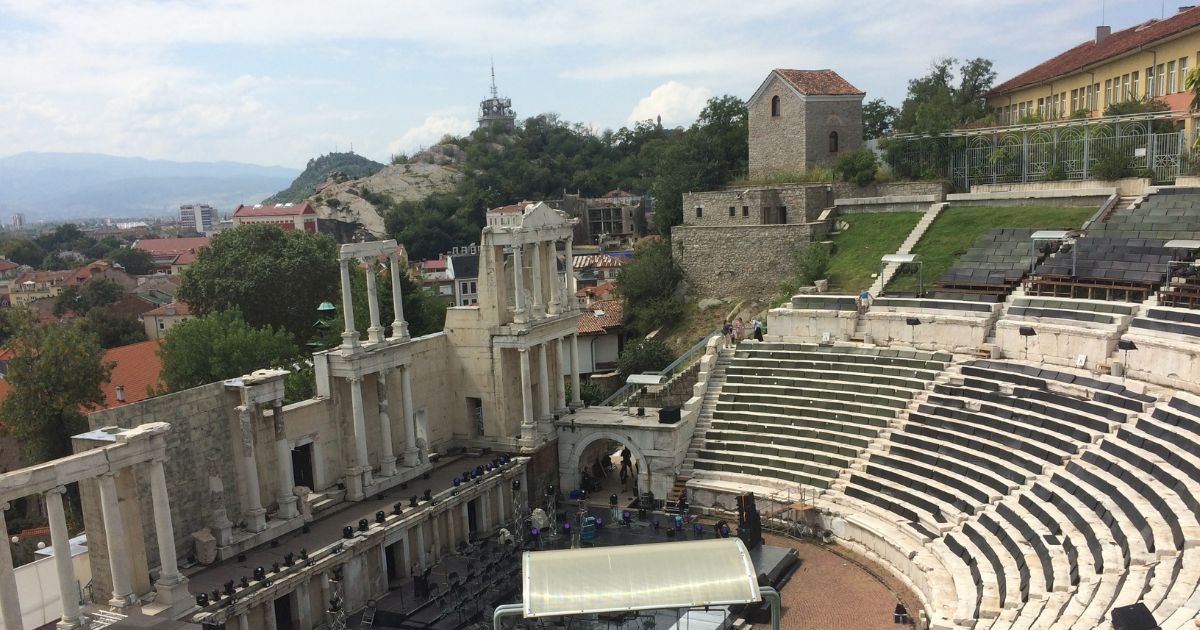
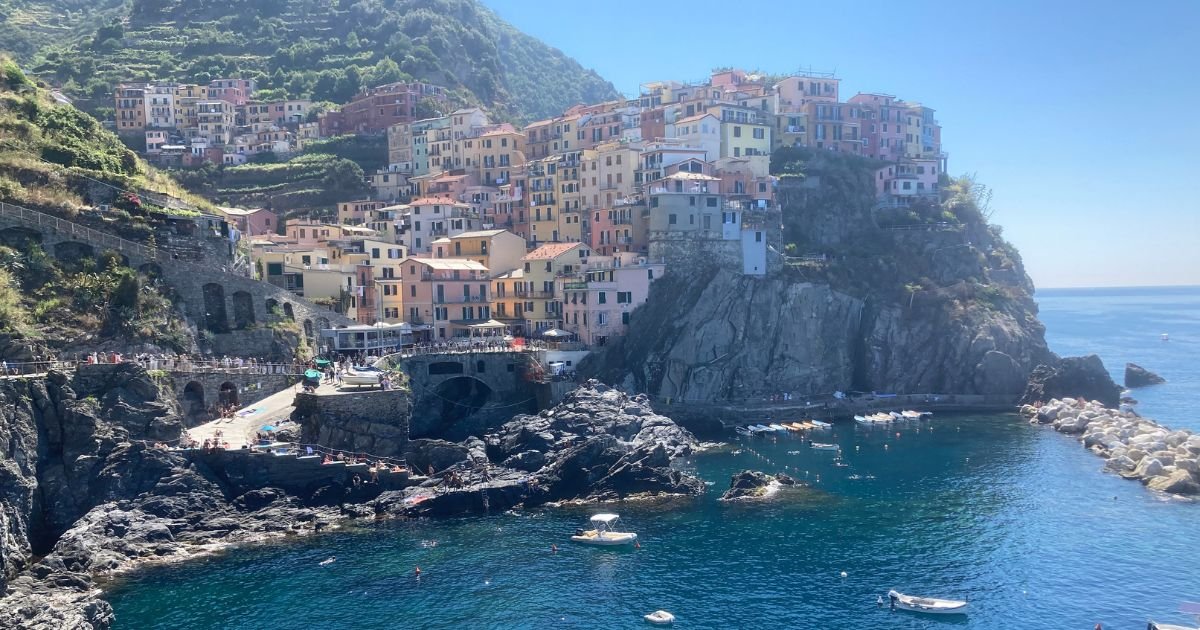
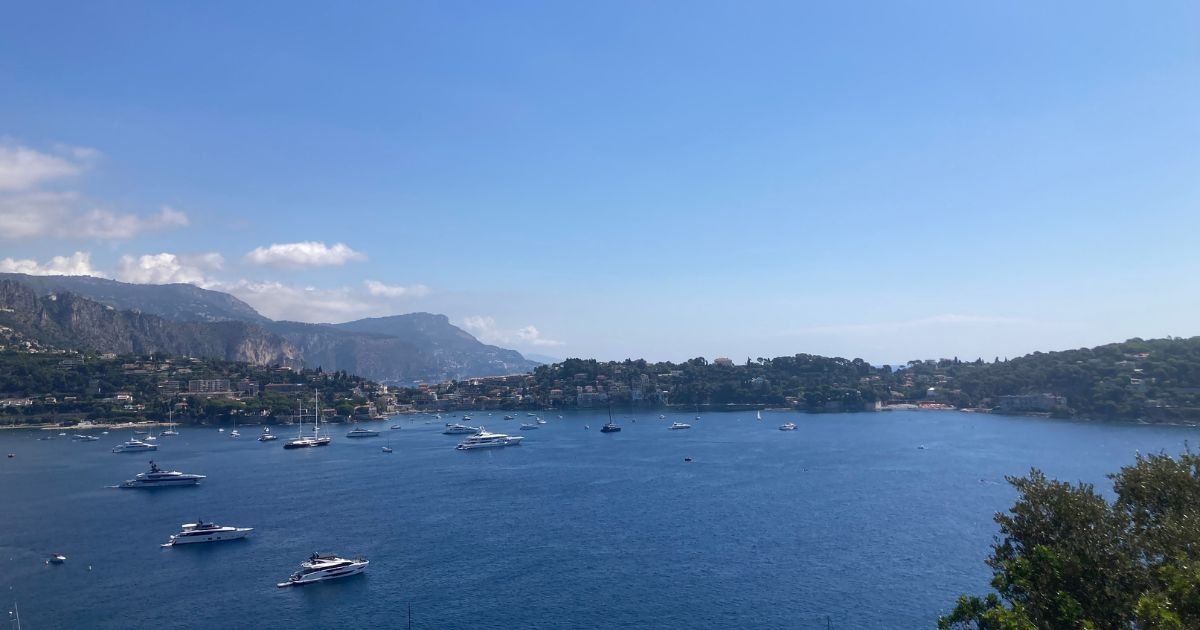
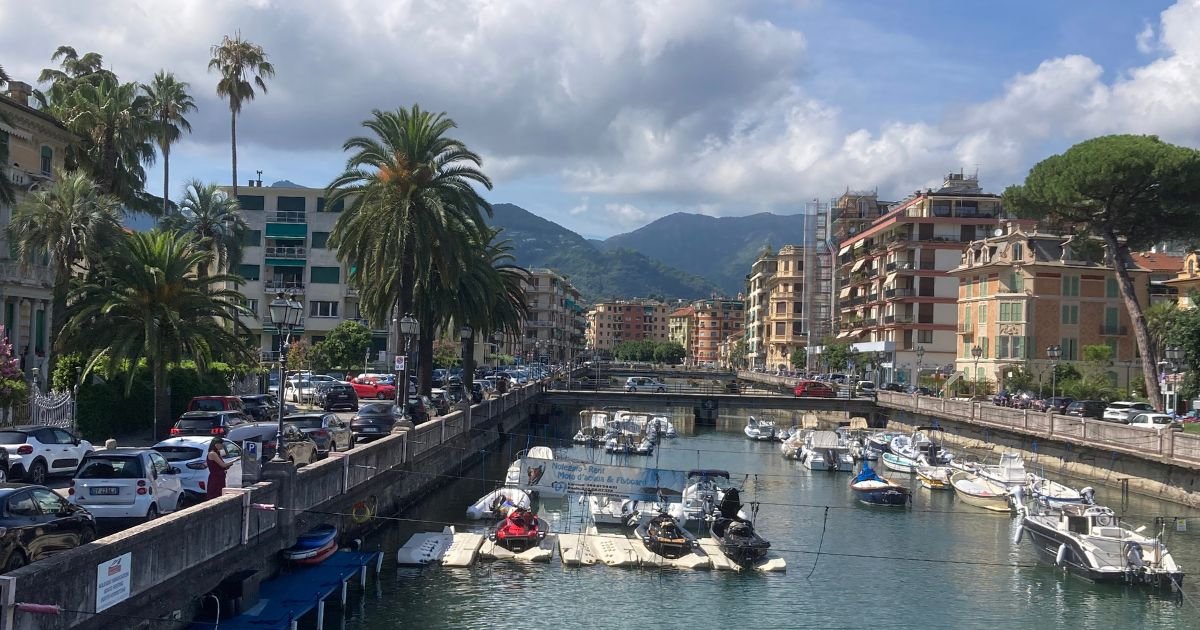
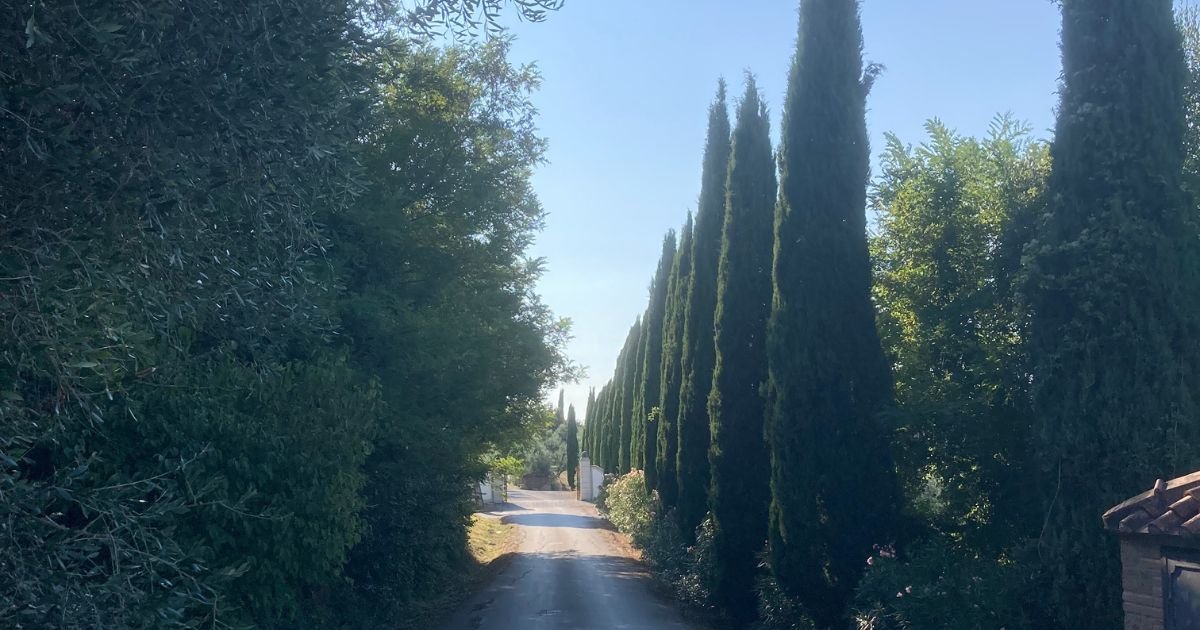
4 thoughts on “Enchanting memories of Bulgaria”
Very nice sights and u have presented with beautiful photographs. I liked very much. It is a clearcut guidence for us for visiting places. Thanks a lot Sandip
Thank you so much for lovely feedback
Superb pics n enchanting description 👌 👍
Thank you so much